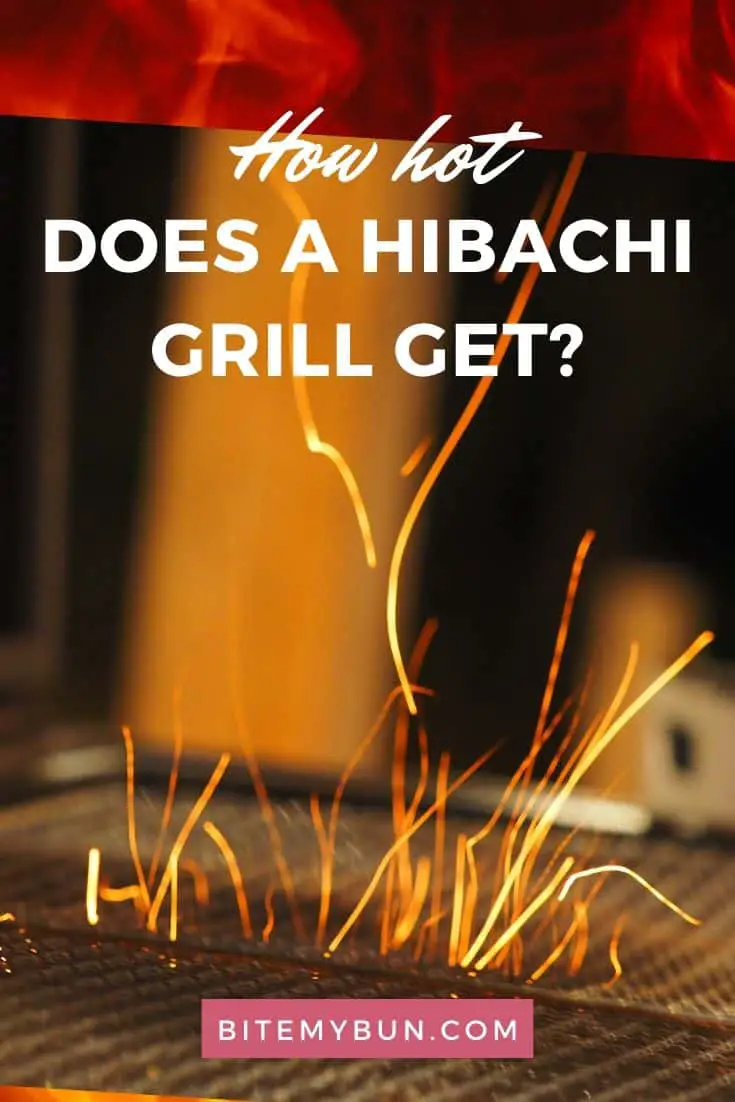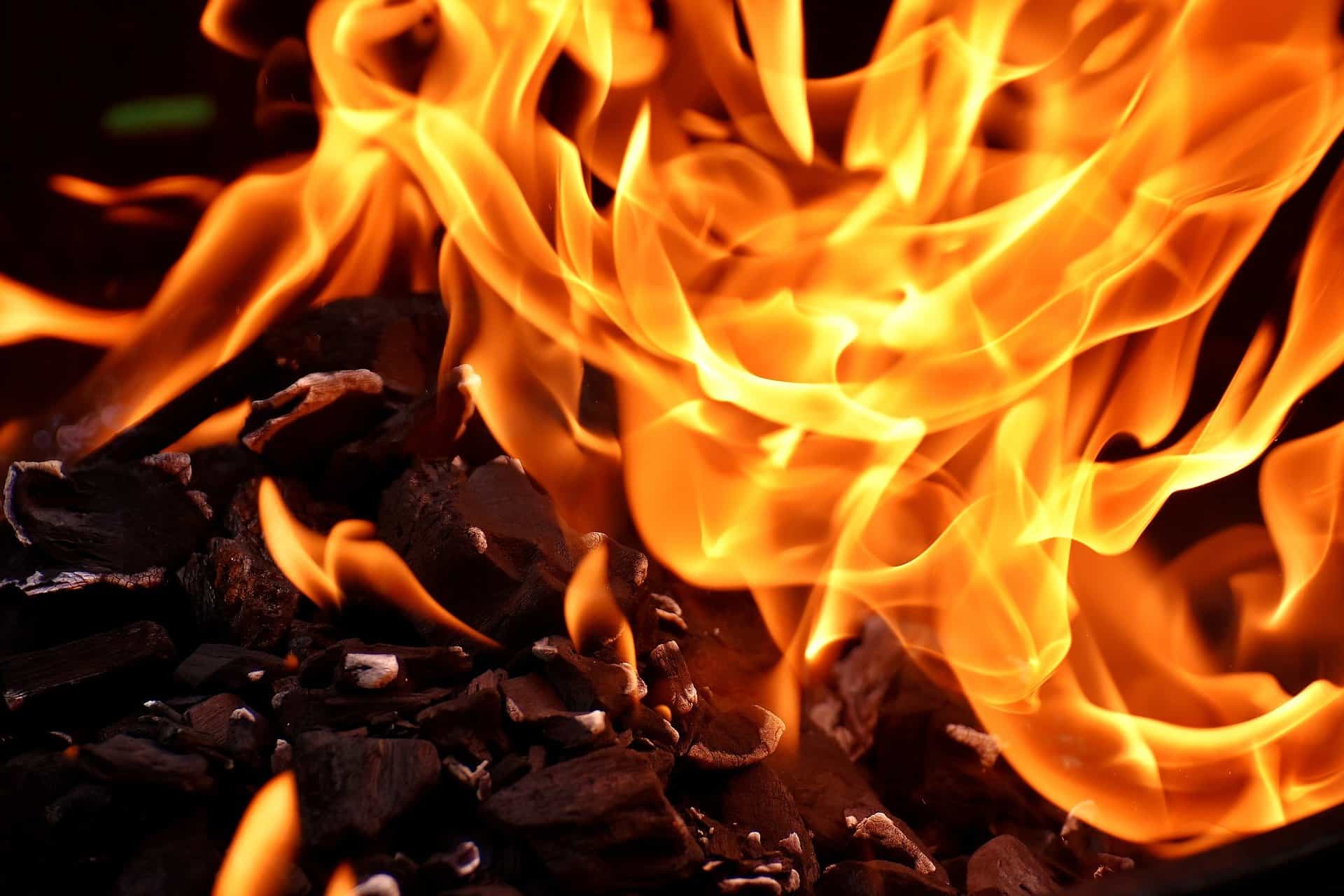How Hot Does A Hibachi Grill Get? Binchotan & ideal temperature
Also known as (火鉢, “fire bowl”) in Japanese, the hibachi grill is a traditional heating device in ancient Japan that was later on converted to a cooking device and is favored by many for its efficiency.
The hibachi grill could be made into either a cylindrical or box-shaped container with one or more vent hole(s) on the side and has an open-top where you can place the grill grates and sear food.

The container is made from heatproof material and is thick enough to withstand charcoal continuously burning for hours on end.
Here’s chef Hiroyuki Terada preparing his small hibachi grill with binchotan charcoal for that right amount of heat:
In modern times hibachi grills has evolved into flat top gas grills and the term gas griddles, teppanyaki grills, or planchas can also be used interchangeably.
They can be built-in or freestanding, although the freestanding models are often referred to as Teppanyaki, sometimes incorrectly even.
Teppanyaki grills are one of my passion projects and I’ve written this in depth post about different Teppanyaki grills you should read as well, but the main thing is that a Teppanyaki grill has a flat cooking surface and not grates.
These commercial grills are excellent cooking spaces as they provide a versatile cooking surface and provide more than enough heat to cook just about any type of food you want to cook.

Check out our new cookbook
Bitemybun's family recipes with complete meal planner and recipe guide.
Try it out for free with Kindle Unlimited:
Read for freeIdeal Temperatures in Flat Top Grills
High temperature is essential for grilling food as heat is the key factor in cooking great grilled foods.
Most expert pitmasters and chefs agree that the ideal temperature for a typical hibachi grill should be between 450 degrees Fahrenheit in its center to 250 degrees Fahrenheit around its perimeter.
This is especially true if you’re going to use the famous unique Japanese binchotan charcoal, which burns at extremely high temperatures (it is said that the heat produced by the binchotan charcoal has broken hibachi grills before).
Oh, keep reading this article about temperatures but when you’re done, take a look at my article on Binchotan charcoal which just has loads more information on the subject.
Sorry for interrupting, keep reading on :)
It is advisable to start at 425 degrees Fahrenheit in order to sear the meat and finish at 350 degrees Fahrenheit to seal in the delicious juices and flavors in the meat.
This will make every bite to die for!
The Thermodynamics of Cooking

Cooking food involves heat, the material for the heat transfer to occur, and the food with which you will cook in the kitchen utensils.
The branch of science that deals with heat transfer is physics particularly thermodynamics.
All 3 laws of thermodynamics talk about how energy interacts with matter and how it is converted from heat to work and vice versa or pass through matter and back into energy again.
Heat essentially cooks food in 3 different ways.
It is actually the excitation of molecules (molecules vibrates so fast) in food that causes the temperature in them to rise, and heat causes this excitation when it is transferred to the food.
Which one you use is crucial. The 3 methods that heat is transferred to your food is as follows:
- Conduction is when the heat is transferred from one body to another via physical contact when their proximity is almost or equal to zero.
- Convection is when the heat is transferred through a medium (i.e. liquid or gas) from a heat source (charcoal, gas, electric, or wood) to another body (food).
- Radiation is when the heat is transferred via emission or transmission of waves or particles through space or through a medium (i.e. air molecules).
Why Hibachi Grills are the Best
The hibachi griddle has been specifically designed to function as a heat source, especially when you use the binchontan charcoal to create the thermal energy to cook your food.
With the air vents, you can easily control the temperature of the grill and increase the heat when it is necessary for the food to be cooked faster in order to taste better.
Or lower the temperature and slowly cook fish and other seafood to get that tender and juicy taste, which will taste even better when you mix it with vegetables, side dishes, and condiments.
Not quite finished reading about grill temperatures? You should read my article on using charcoal indoors, and why it might not be the best idea.
Check out our new cookbook
Bitemybun's family recipes with complete meal planner and recipe guide.
Try it out for free with Kindle Unlimited:
Read for freeJoost Nusselder, the founder of Bite My Bun is a content marketer, dad and loves trying out new food with Japanese food at the heart of his passion, and together with his team he's been creating in-depth blog articles since 2016 to help loyal readers with recipes and cooking tips.
